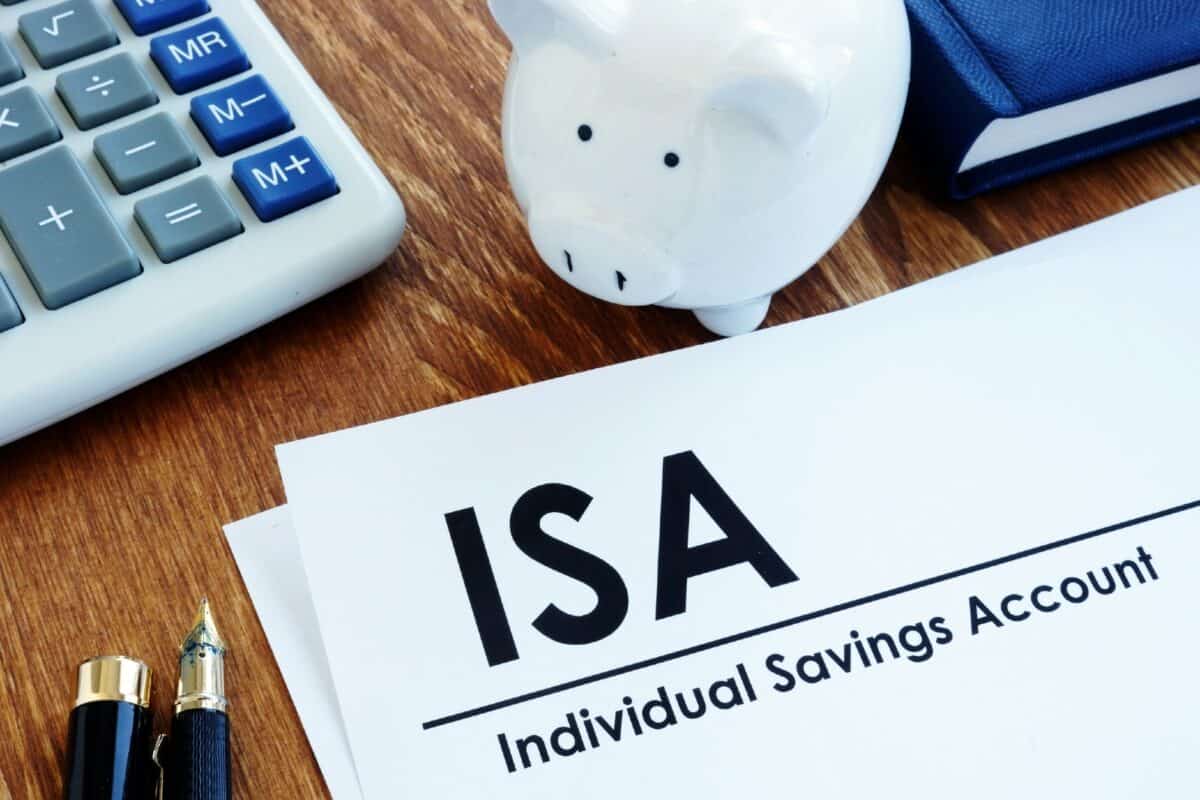
Image source: Getty Images
Passive income can be as simple as buying shares in blue-chip FTSE 100 companies in a Stocks and Shares ISA, sitting back, then letting the dividends roll in.
To show how this works in detail, I will use the example of an investor who wants to target £1,000 each month (on average) in passive income.
How dividends are calculated
Not all shares pay dividends, even if they have in the past. A company decides whether to declare a dividend and if it does, it will pay that amount per share to each person who held the shares on a specified date.
Those dividends are paid for as long as someone owns a share, so they could still be earning passive income decades after buying the share.
Dividends are given as an amount per share, but as share prices vary a lot, that can be confusing for comparison. So investors talk about dividend yield – how much they earn per year in dividends as a percentage of what they paid for the shares.
That means two investors might earn different yields on the same share if they bought at different prices (in fact, I earn different yields myself on the same share in some cases, where I have bought on multiple occasions at different prices).
How much passive income can be earned a year therefore depends on two factors: how much is invested and at what yield.
£1,000 a month takes this much
To keep things simple, let me use an example yield of 5%. That is above the current FTSE 100 average of 3.6% but below what I earn from some FTSE 100 shares such as Legal & General and M&G (LSE: MNG).
£1,000 a month is £12,000 a year. At a 5% yield, that would require £240k invested (well above the annual contribution allowance for a Stocks and Shares ISA).
But – and this is important – that does not have to be right now. For example, a patient investor could drip feed money into an ISA over time, initially reinvesting dividends to build the value up to £240k. Starting with zero and investing £200 a week, that approach would take under 16 years.
Building the right income portfolio
As I said, I hold M&G shares and see it as an option investors should consider for passive income. The market for asset management is huge and it is likely to stay that way over the long run.
Having a big addressable market can be both good and bad. It is good because it means M&G can find customers – it has millions. The large sums involved mean even modest fees can add up. That helps M&G generate sizeable surplus cash generation, which in turn funds a generous dividend.
The yield is 9.2% right now and M&G aims to maintain or increase the payout per share annually (though that is never guaranteed).
But a big market can be bad as it attracts competition – lower-cost rivals are a risk to M&G’s profitability. Still, I see the firm’s strong brand as a competitive advantage.
Making the first move
To start putting this passive income plan into motion, an investor needs a way to put money into the stock market. So comparing the many choices of Stocks and Shares ISAs available strikes me as an obvious first step.

















